BIM - Ends Architect’s Pendulum Swing between Symbolism & Innovation
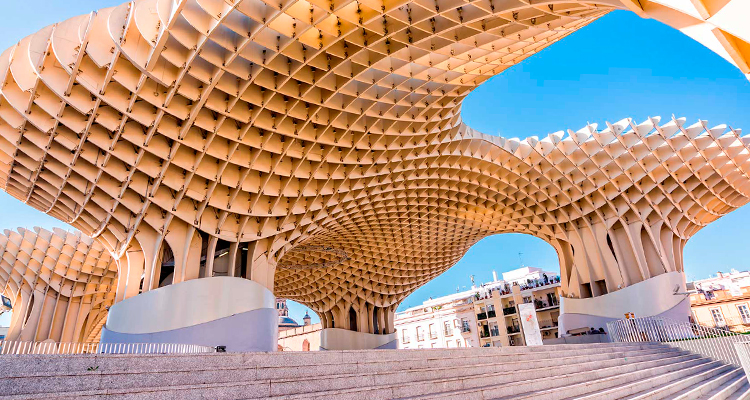
Since the ancient times, architects and all those involved in building construction have been on the opposite sides. Usually, the general perception of architects is as a complex structure that uses big words and complicated drawings; and the infrastructure development owners as the hapless public. BIM has changed this and brought both these stakeholders on the same side of construction project. BIM platform such as Autodesk’s Revit has enabled conversion of blue prints into information rich intelligent BIM - ready 3D models, photorealistic rendering [with V-Ray, Photoshop, etc.], interior decoration, etc. which makes 3D models appear as photos of real buildings.
Present architectural trends do not need to complement the past
Ever evolving technology shows that ‘the present architecture should complement the past or the traditions of the place’, which is now becoming vague. This is so as architects have started designing complex designs in some of the most unsuitable places. For one instance, Metropol Parasol has been erected in the ancient city of Seville at a place which is most unsuitable for a structure like that.
Metropol Parasol in Seville

Image Credit: http://www.metropoleventos.com/
The unusually shaped structure standing at the center of houses and middle of the city, in the above image, is the Metropol Parasol. An interesting fact behind such a shape is that when the workers started excavating for construction, ancient Roman ruins were discovered. Since the Roman findings were to be kept intact the architects came up with such a bizarre shape. It thus is a splendid example of how architecture can go from most common to the most bizarre shape.
Architects and BIM: Symbolism to Innovation
When one sees Supreme Court of the USA, one can relate to power and even democracy. The design of pillars has basically been borrowed from the original Parthenon 438 B.C. However, there have been umpteen innovations associated with the building construction in the case of Supreme Court.
Pillars are the symbols that make us relate it with the supremacy associated with Parthenon. But the technology has made it sturdier, and aesthetically pleasing. What happens to architects and architectural consultants is that they keep on swinging back and forth from symbolism to innovation – like a pendulum. However, BIM platforms have, at least it seems so, stopped this swing of the pendulum and made the inculcation of both together with effective coordination and collaboration.
Blue prints are gone, as 3D information-rich models killed them, big time. RFIs, paper based documentation, etc. have become mere terms of the gone days. There is one single source of truth and a common data environment.
BIM has created an impact for architects’ role and job during any construction project. Incorporating every single detail of balustrades, floor plans, and other building product in LOD 500; BIM models have played a significant role in delivering crystal clear design intent to stakeholders. This has eased architect’s job and taken symbolism to innovation with current design trend and exploring new ones too.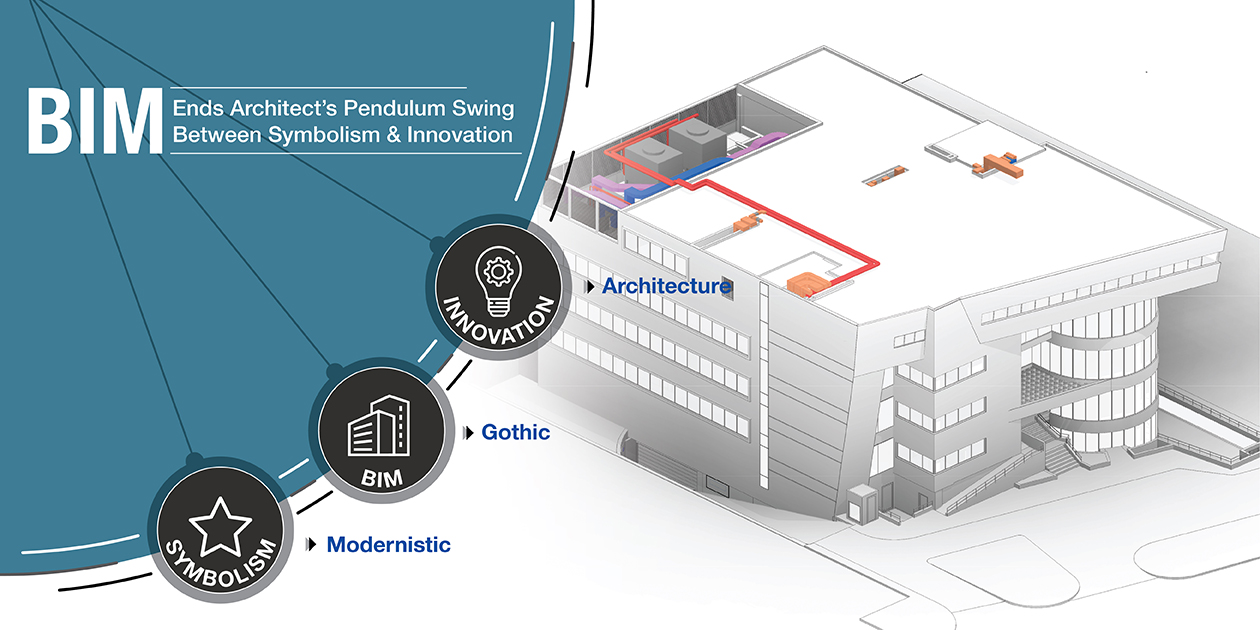
Renderings doesn’t let the architectural designs go obsolete
What happens with architects and architectural consultants is, that it doesn’t take as long to design a building as it takes for constructing it. But the catch here is that the architectural designs are evolving quickly.
On the other hand, as technology evolved, designing big and aesthetically pleasing building forms got easier. What now happens is by the time building is constructed, its architecture is most likely to go obsolete. However, architectural photography is there to rescue us.
To elaborate this, when a famous architectural consultant was to renovate Pines Pavilion in Fire Island, New York, they came up with an audacious design. But what existed was a pretty conventional design and the architects weren’t sure as to why would public accept these new designs.
However, architects photographed a series of photorealistic renderings and shared them on every possible social media. This helped the community perceive the renderings as the real buildings and could put their views across. Architects thus got to know how people will look at the new designs two years before the actual construction. People’s opinions were made possible through BIM as-built models and rendering it with fancy tools.
Pines pavilion before the fire

Image Credit: https://www.stewart.com/en.html
Pines pavilion after the fire
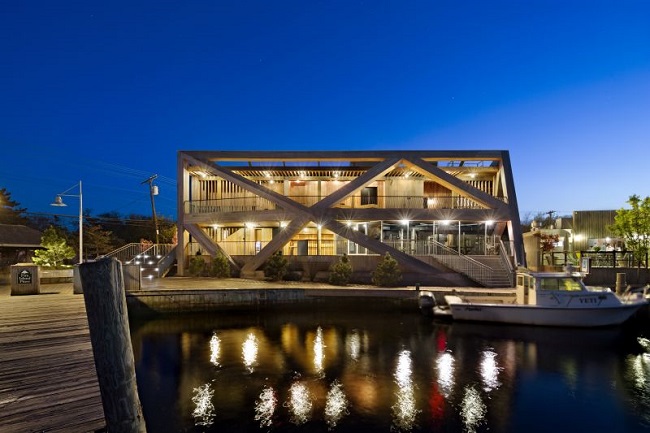
Image Credit: http://hwkn.com/
BIM has enabled designing 3D as-built models for investors. It also facilitates, through IFC file formats and COBie files, exchange of cost accounting, construction sequencing, and facility management. All of these get a pre-confirmation of the project costs and design approval from all the individual stakeholders so that by the time construction finishes there aren’t any conflicts or disagreements.
Beautiful 3D full-scale renderings that appear as a real picture of the building give a neat & detailed design explanation. Additionally, artificial lighting, sunlight, shadows, interior decoration, texturing, carving, colors pattern etc., are the details which give a real feel of the building and makes it all the more popular. This all is technology doing the trick for architects, architectural consultants and interior decorators. It has irrevocably strengthened the architect’s stand in designs’ compatibility with physics and has enabled new building structures evolve - gracefully.
Architecture should not compliment, instead should be new for every construction
Public library in Livingston [an immensely beautiful building] was completed in 2004 and that same year another library was completed on the west coast of the USA in Seattle. Both these structures were built in the same year, same geography and yet portray a vast gap in architecture. The core lies in understanding the fact that architecture doesn’t need to complement each other, but should evolve with building needs.
Public library in Livingston
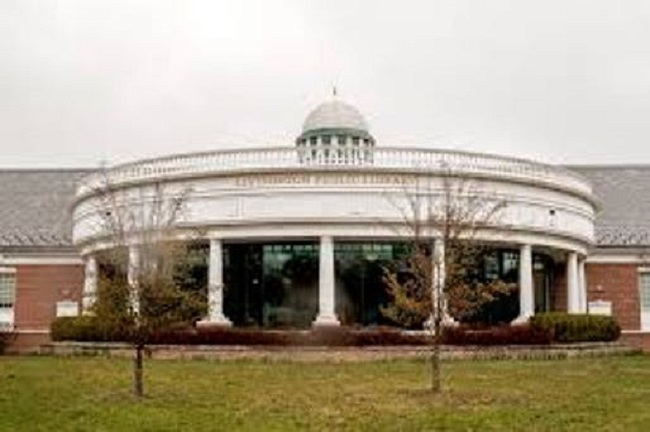
Image Credit: https://www.nytimes.com/
Library in Seattle
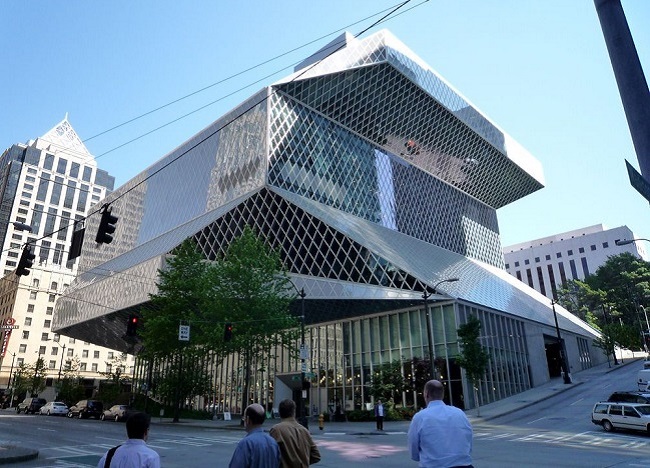
Image Credit: https://en.wikipedia.org/
No matter how complex the shape, or how difficult the construction may seem; BIM experts and 3D full scale renderings always work to the advantage of architects and interior designers/decorators with detailed solutions. It doesn’t matter who constructs the building, no matter how is it built as long as the public and civilians accept it. Many have asked for green and sustainable buildings, now is the time to further and look for easy construction, easy building operation; irrespective of its shape and fear of public adaption - BIM models and its renderings can make it popular, because many of them have.
About Author:
Bhushan Avsatthi is a Director at Hi-Tech iSolutions LLP. Bhushan imbibes the prophecy of efficient and prudent use of energy in his day to day life and advices his team to do so as well. He is also involved in green initiatives like nonprofit tree plantation project and promotes using cycles for commuting small distances. Bhushan, handles a team of architects, Structural and MEP engineers, LEED consultants and Energy modeling experts.












